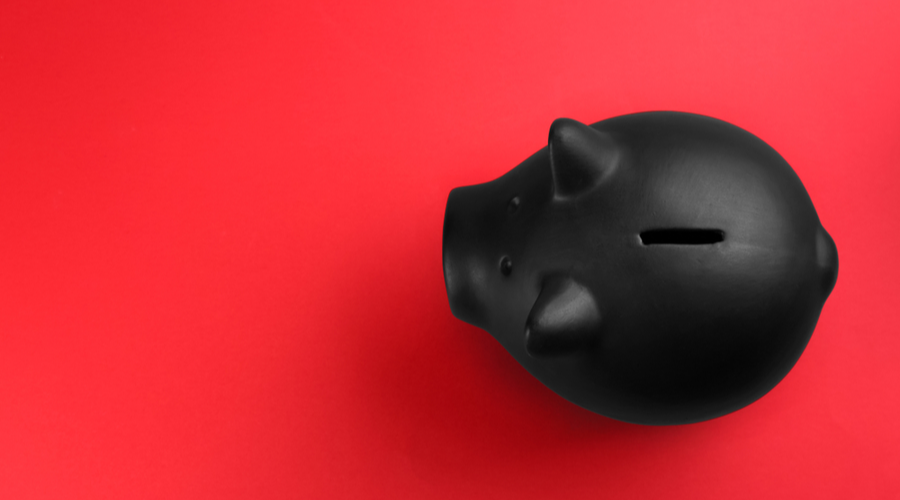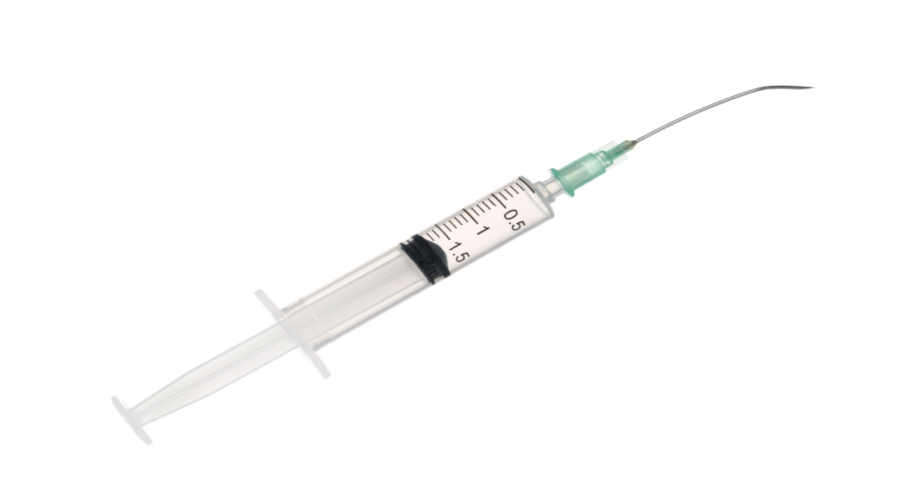There’s no doubt about it—the independent pharmacy industry is shrinking. Average annual sales per location are down from $4 million in 2010 to $3.4 million in 2019, according to the 2020 NCPA Digest.
These troubling trends mean many independent pharmacies may face the difficult decision of whether or not to start cutting costs. At what point has the financial situation become so dire that an owner’s best option is to let staff go or sell off the robotics system? And once cuts are required, what can you part with that won’t doom your business?
Nishank Khanna, an entrepreneur who has founded and run six small businesses and currently serves as the chief marketing officer for Clarify Capital, provides some crucial cost-cutting tips to help you make tough financial decisions without damaging your chances at growth.
When to cut costs
The best indicator for whether your pharmacy needs to cut costs, according to Khanna, is cash flow. ″If you see a down-trend, that’s a clear sign that something is not working,″ he said. ″Either your revenue has gone down and your expenses are still the same, or your expenses have gone up, but your revenue hasn’t gone up at the same rate.″
Khanna advises that businesses take a look at their cash reserves at the end of each month. ″If you’re not looking at your cash flow every month, it’s really hard to see where the leak is coming from,″ he said. ″A lot of times, smaller businesses will wait until the end of the year or every six months to look at their finances. And then you miss out on all these red flags that show up.″
Keep tabs on your cash flow by referencing two important key performance indicators: the current ratio and the quick ratio. The current ratio looks at the assets of your pharmacy and measures how well they can cover your current liabilities. If your current ratio is less than two, it’s a signal that you have a cash flow problem. It’s calculated using this formula:
Current Ratio = Current Assets / Current Liabilities
The quick ratio reflects how well-equipped your pharmacy is to immediately cover all current liabilities without liquidating your current inventory. A healthy pharmacy will have a quick ratio of more than one. Here’s how you calculate it:
Quick Ratio = (Cash) + (Accounts Receivable) / Current Liabilities
By frequently checking in with these ratios, you won’t be blindsided by a cash flow squeeze and be forced to make sudden, unexpected cuts to your business.
What costs can you cut?
How to cut costs—and where—is not a cut-and-dried business. ″You have to be smart,″ said Khanna. ″You don’t want to cut things that are one, essential, and two, are part of your larger growth plans.″
Whether businesses should make incremental cuts over time or big cuts upfront depends on how dire the cash flow situation is. ″If you’re burning cash at a higher rate each month, it’s a sign that you need to make big sweeping changes,″ said Khanna. ″However, if you see that your revenue is growing but your cash flow is slowing down, that’s a situation where you can make smaller cuts and work to match your cash flow with your revenue growth.″
Cost Cut #1: Inventory
Inventory is a prime target when you decide to make cuts. ″If you order too much, you end up with money sitting on the shelves. If you order too little, you lose out on sales,″ Khanna said. To get a handle on your inventory, he recommends carefully looking at how you’re meeting the demands of your patients, and if you’re making the right decisions when it comes to supply. ″After looking over purchase and sales history, it may become clear that there are some mis-projections with inventory management.″
Taking a look at your pharmacy’s inventory turnover can clue you in. If you have a high inventory turnover rate, that means your supply is meeting your patients’ demand, but if it’s low, that’s a sign you are over-supplying your inventory and need to reassess. Here’s how you calculate inventory turnover rate, which demonstrates how often you turn over your inventory in a single year:
Inventory Turnover = Annualized Inventory Cost of Goods / Total Inventory
Your inventory turnover rate should be more than 10. If it’s lower than that, it’s a signal to reassess your inventory management to cut costs. In this case, Khanna recommends doing what you can to automate your inventory management. ″While it might seem counterintuitive, buying software to automate inventory management can free up cash flow and reduce waste,″ he said. ″The upfront costs are offset by savings down the line when you consider reduced inefficiencies and operational improvements. Long term, pharmacists who outsource inventory management can benefit by avoiding unnecessary profit loss and increasing working capital.″
Inventory cost-cutting tip
Reduce your overall inventory costs by joining a pharmacy buying group like ProfitGuard®. ProfitGuard groups independent pharmacies together to get the best possible deals from wholesalers, lowering your overall inventory costs.
You’ll also have access to ProfitGuard’s proprietary data analytics tools that can automate purchasing decisions, ensuring you maximize your wholesaler rebates and meet your contract terms so there’s more money in your pocket at the end of every month.
Cost Cut #2: Marketing
After you’ve leaned up your inventory, the next place to look for cuts is your marketing budget. ″A lot of the time, people spend money on marketing without looking if those marketing dollars are actually bringing in more revenue,″ said Khanna. ″It’s easy, low-hanging fruit.″
For example, Khanna said, ″The days of just spending marketing dollars just to get the brand-name recognition are over. It’s more about if you’re putting in a marketing dollar now, are you able to get a dollar-plus out on the other end.″
To measure whether your marketing dollars are well spent, calculate your return on investment using this formula:
Marketing ROI = (Sales Growth – Marketing Cost) / Marketing Cost
If you’re investing money in marketing campaigns and it’s not leading to sales growth, it’s a sign that you should redirect your marketing expenses into other, more essential parts of your pharmacy business.
Cost Cut #3: Personnel
If you’ve reassessed your inventory management and slashed your marketing budget but are still struggling with cash flow, you may have to make one of the hardest decisions: letting some of your employees go. ″You have to see if you can scale down the entire operation in order to remain cash flow positive,″ Khanna said.
Deciding who has to go is tough, but Khanna recommends looking at your staff in terms of who you absolutely need to keep the business running. ″The way to go about that is asking what is essential in terms of the manpower you need to achieve your primary function,″ he said. ″There are always ancillary employees you have on the payroll who might not be essential in the immediate short term.″
In addition, look for situations where you can outsource tasks instead of having people do the work in-house. If you have employees handling your marketing or accounting, for example, you may be able to find an agency or freelancer who can do the same work for less money. ″When you hire people in-house, a lot of overhead goes along with that,″ Khanna said.
Growth mindset
One mistake that businesses make, according to Khanna, is making cuts that end up hampering growth. ″If you cut out marketing spend that’s not generating revenue, that’s one thing,″ he said. ″But parts of the marketing might be the reason why your pharmacy is even in business—it actually brings in customers.″ In those cases, cutting your marketing also cuts your revenue.
On the personnel side, cutting down too much staff can damage your productivity. ″You’re over-extending the existing people with the amount of work they have, and then you run into a situation where you overload staff, and they might just quit because your work environment has gotten very hard to deal with,″ Khanna said.
When making cuts, Khanna emphasized that businesses should think first about what is truly essential, and second about what the larger growth plan is for the business. He explained, ″You have to look at where you’re spending money and what amount is essential and what amount is unessential, then move the nonessential funds into areas that support the long-term growth that you’re hoping to achieve.″
From the Magazine
This article was published in our quarterly print magazine, which covers relevant topics in greater depth featuring leading experts in the industry. Subscribe to receive the quarterly print issue in your mailbox. All registered independent pharmacies in the U.S. are eligible to receive a free subscription.
More articles from the March 2021 issue:
- Five lucrative ways to monetize your pharmacy
- A new training program qualifies technicians to administer Covid-19 vaccines in a single day
- How to pass any pharmacy inspection with flying colors
- The supplement market is thriving. Is your pharmacy taking advantage?
- Tap into loyalty for bigger profits, happier employees, and faster growth
- The Covid-19 vaccine boosts this pharmacy’s patient base and its profits
- Where to cut costs when you have no other choice
- How to transform pharmacies into patient care centers
An Independently Owned Organization Serving Independent Pharmacies
PBA Health is dedicated to helping independent pharmacies reach their full potential on the buy side of their business. The member-owned company serves independent pharmacies with group purchasing services, expert contract negotiations, proprietary purchasing tools, distribution services, and more.
An HDA member, PBA Health operates its own NABP-accredited (formerly VAWD) warehouse with more than 6,000 SKUs, including brands, generics, narcotics CII-CV, cold-storage products, and over-the-counter (OTC) products.
Want more pharmacy business tips and advice? Sign up for our e-newsletter.












